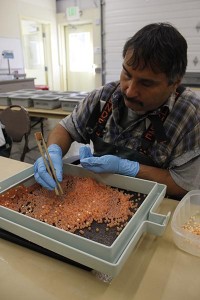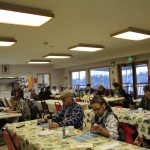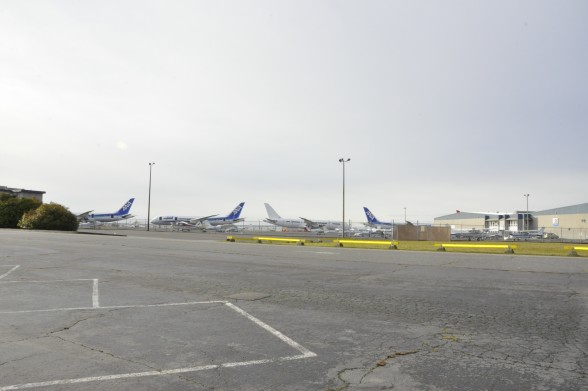Press Release, Office of the Mayor, Dec. 3, 2012
Mayor establishes new Youth Council; seeks student members to give young people a stronger voice in their community’s future
MARYSVILLE – The voice of Marysville’s youth needs to be a bigger part of the dialogue when talking about how the community builds for tomorrow.
Mayor Jon Nehring is establishing a new Youth Council to create that essential link among Marysville’s teens, the community and city government.
The Youth Council will advise the Mayor on issues affecting young people in Marysville and provide youth perspective on a range of community issues and topics. The Council will also provide a forum to engage with City leaders, participate in a community service project, and connect with their peers, and learn about civics and city government.
“I’m hoping that we get young people to become involved from a variety of diverse cultures and backgrounds, who are ready to share their valuable views with city government,” Nehring says. “My goal is that every young man and woman will leave the Youth Council with a better understanding of civic duty and a moral responsibility to our community.”
Nehring also believes young people willbenefit from involvement in the Youth Council through developing their personal and employability skills.
The Youth Council is open to Marysville teens ages 14-18 and enrolled in public or private school, or home-schooled (at the City’s discretion and under some circumstances, 13-year-olds may be permitted to join). Parent or guardian signature required for all ages.
Interested applicants are invited to download the application from the City website at http://marysvillewa.gov/youthcouncil. Applications are due by 5 p.m. Thursday, Jan. 10. Return in care of Youth Council/Doug Buell, Marysville City Hall, 1049 State Ave., Marysville, WA 98270. Or scan signed copy to dbuell@marysvillewa.gov.
The Youth Council will be structured to meet monthly for one-hour, after-school meetings in the City Council Chambers at City Hall. However, as a substitute for sitting in meetings, field trips such as the Police Department, a Fire Station, Municipal Court, Wastewater Treatment Plant and the Tulalip Hibulb Cultural Center, and a spring community service project, could also become part of the annual agenda, as well as other recreation activities.
For more information contact Community Information Officer Doug Buell, Youth Council Liaison, at (360) 363-8086 or email dbuell@marysvillewa.gov. You will be notified of a kick-off meeting to be scheduled later in January 2013. Food and refreshments will be provided.













